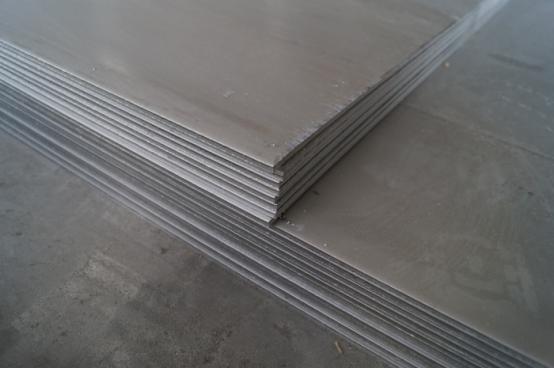316&316L Stainless Steel Plate
Description
Type 316 is an austenitic chromium nickel stainless steel containing molybdenum. This addition increases general corrosion resistance, improves resistance to pitting from chloride ion solutions, and provides increased strength at elevated temperatures. Properties are similar to those of Type 304 except that this alloy is somewhat stronger at elevated temperatures.Corrosion resistance is improved, particularly against sulfuric, hydrochloric,acetic, formic and tartaric acids; acid sulfates and alkaline chlorides.
Type 316L is an extra-low carbon version of Type 316 that minimizes harmful carbide precipitation due to welding.Typical uses include exhaust manifolds,furnace parts, heat exchangers, jet engine parts, pharmaceutical and photographic equipment, valve and pump trim, chemical equipment, digesters, tanks,evaporators, pulp, paper and textile processing equipment, parts exposed to marine atmospheres and tubing.
Type 316L is used extensively for weldments where its immunity to carbide precipitation due to welding assures optimum corrosion resistance.

Type 316L is an extra-low carbon version of Type 316 that minimizes harmful carbide precipitation due to welding.Typical uses include exhaust manifolds,furnace parts, heat exchangers, jet engine parts, pharmaceutical and photographic equipment, valve and pump trim, chemical equipment, digesters, tanks,evaporators, pulp, paper and textile processing equipment, parts exposed to marine atmospheres and tubing.
Type 316L is used extensively for weldments where its immunity to carbide precipitation due to welding assures optimum corrosion resistance.

TOP




